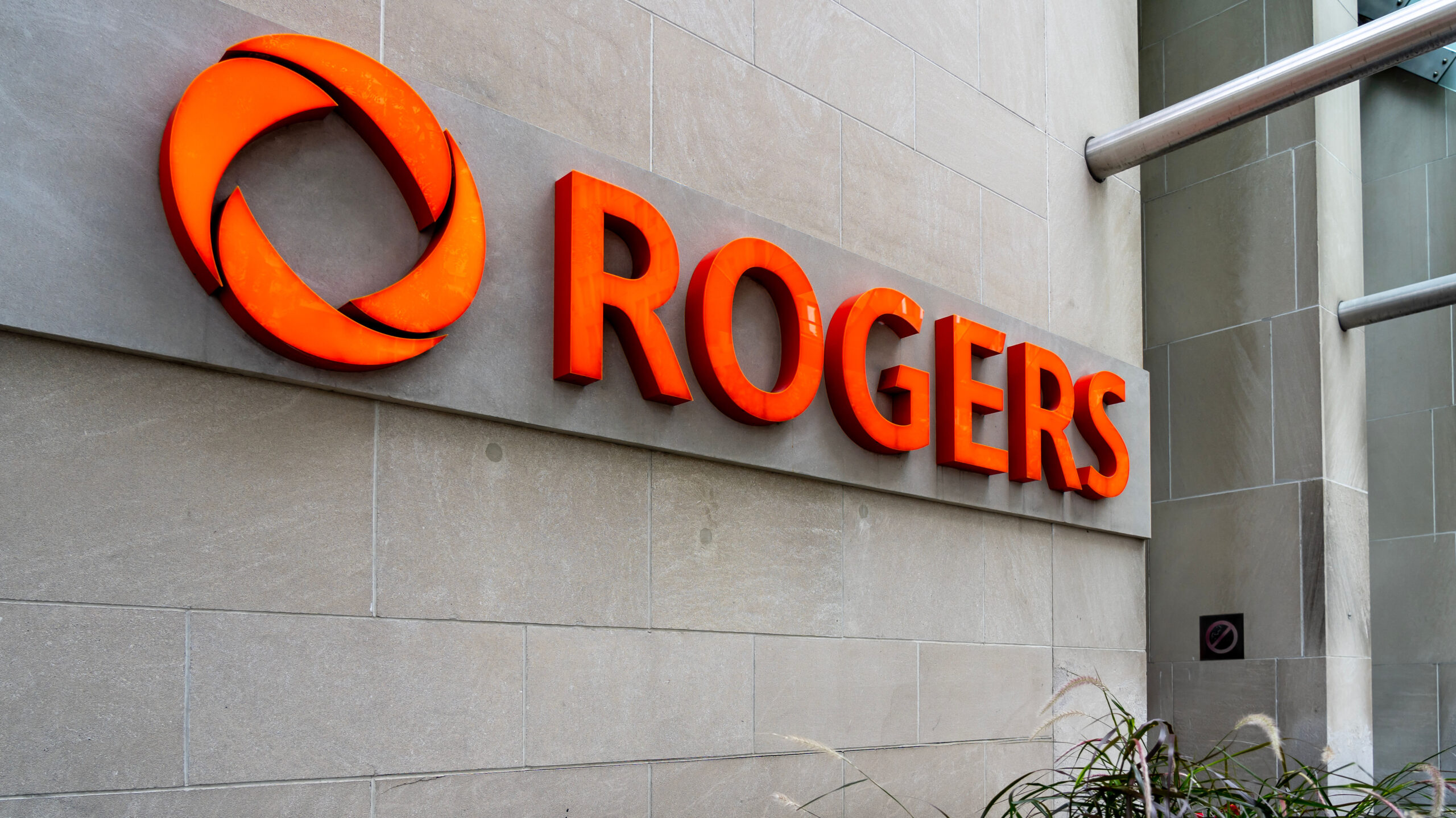
Rogers is reporting four percent revenue growth in its Q1 2022 report, driven by its wireless and media businesses.
Wireless revenue increased by seven percent year-over-year. The growth came through various services, such as roaming charges from increased travel as COVID restrictions continue to ease.
A growing subscriber base from postpaid mobile phones also contributed. The subscriber count increased by roughly five percent with the addition of 447 subscribers year-over-year. The same wasn’t reported for prepaid mobile phone subscribers, which saw a 4.5 percent decrease.
Despite the increase in wireless revenue, equipment revenue decreased by 10 percent. Rogers attributes this to existing customers not upgrading their devices and fewer new customers purchasing phones.
Rogers wireless business also saw the largest increase in capital expenditures this quarter, compared to its cable and media businesses. This figure increased by 50 percent due to “investments made to upgrade our wireless network,” Rogers says in the report.
This includes deploying 5G through the 600 MHz band. Rogers says it has deployed its 5G network in 1,500 communities, including the Eastern Ontario communities of Lindsay, Perth, and Peterborough. The company also launched a commercial 5G standalone network, a first in Canada.
Taking over Shaw
Rogers also achieved an important milestone this past quarter when the Canadian Radio-television and Telecommunications Commission (CRTC) approved its takeover of Shaw.
“The Commission finds that Rogers’ commitments will ensure that the interests of Shaw consumers will be adequately safeguarded,” the CRTC notes in its decision.
Rogers has to follow some restrictions, including contributing benefits worth $27.2 million to the broadcasting system and submitting annual reports on its commitment to increase local news.
But the limited safeguards aren’t enough to appease the concerns of all media organizations impacted by the deal.
In particular, the Canadian Communication Systems Alliance (CCSA) is worried Rogers will shut down television signals through satellite delivery it received from Shaw. During the CRTC’s hearing in November, Rogers told the CCSA the service would be maintained.
But since then, Shaw shut down an important component that delivered the service, threatening TV access for 10,000 Canadians living in rural communities. The CCSA wants the CRTC to ensure Rogers makes good on its promise.
The CRTC’s approval of the merger only represents the broadcast aspect of the deal. Rogers still needs approval from the Competition Bureau and Innovation, Science and Economic Development (ISED) Canada.
In order to get favourable results from the ISED, Rogers needs to find a suitable competitor to sell Freedom Mobile to. A number of companies want in, including former Wind CEO Anthony Lacavera and his company Globalive.
Image credit: Shutterstock
Source: Rogers
MobileSyrup may earn a commission from purchases made via our links, which helps fund the journalism we provide free on our website. These links do not influence our editorial content. Support us here.


